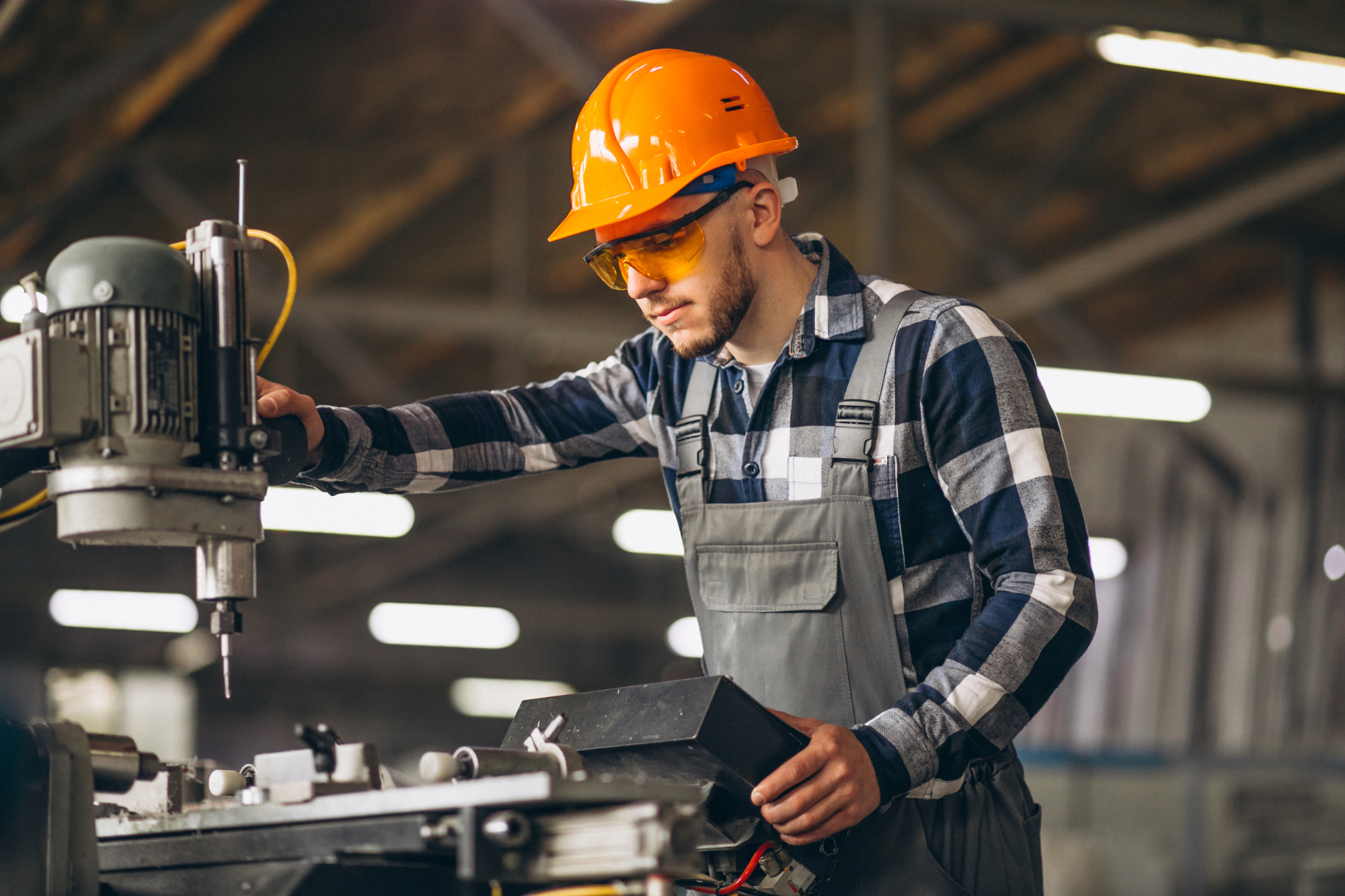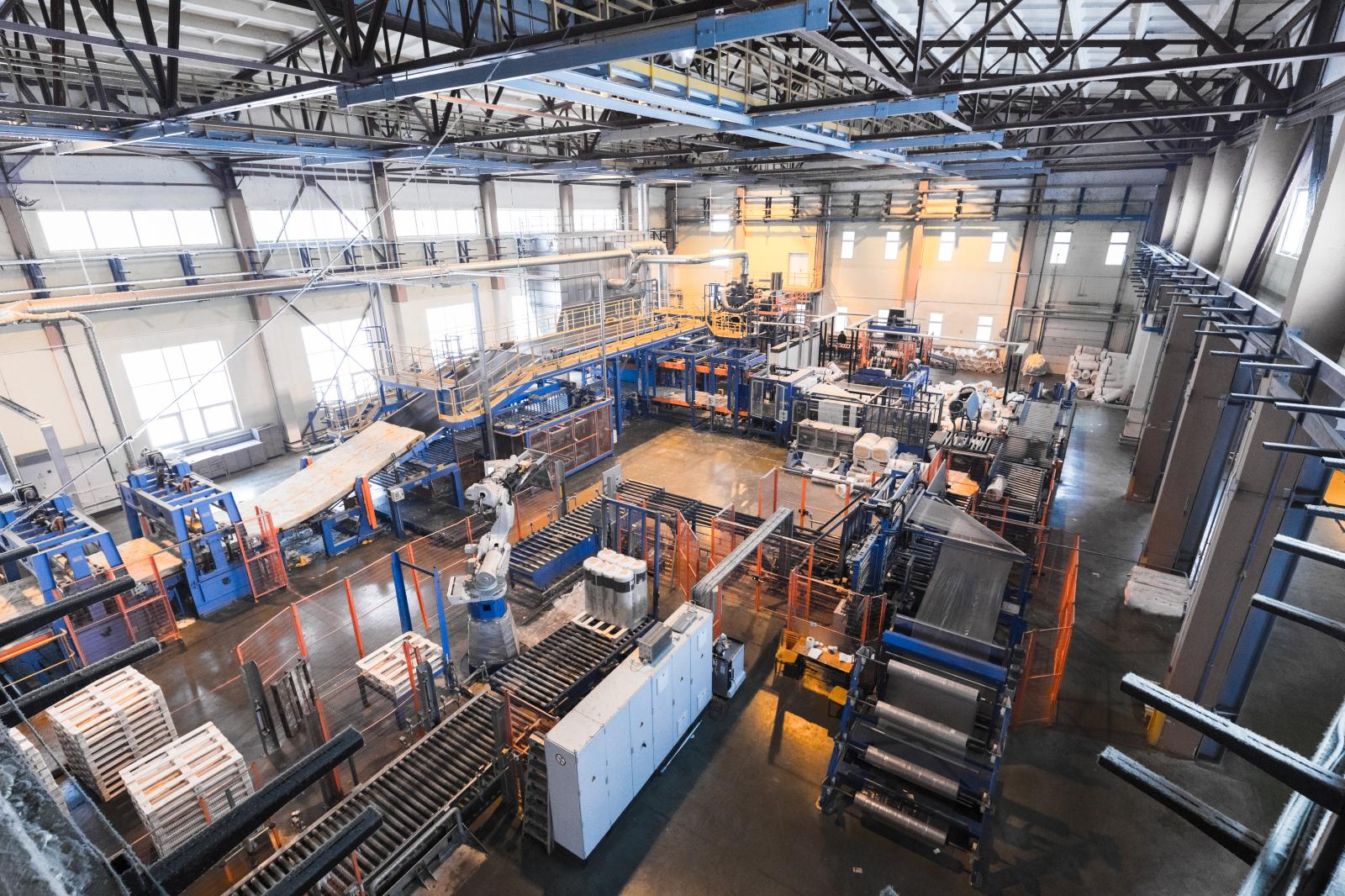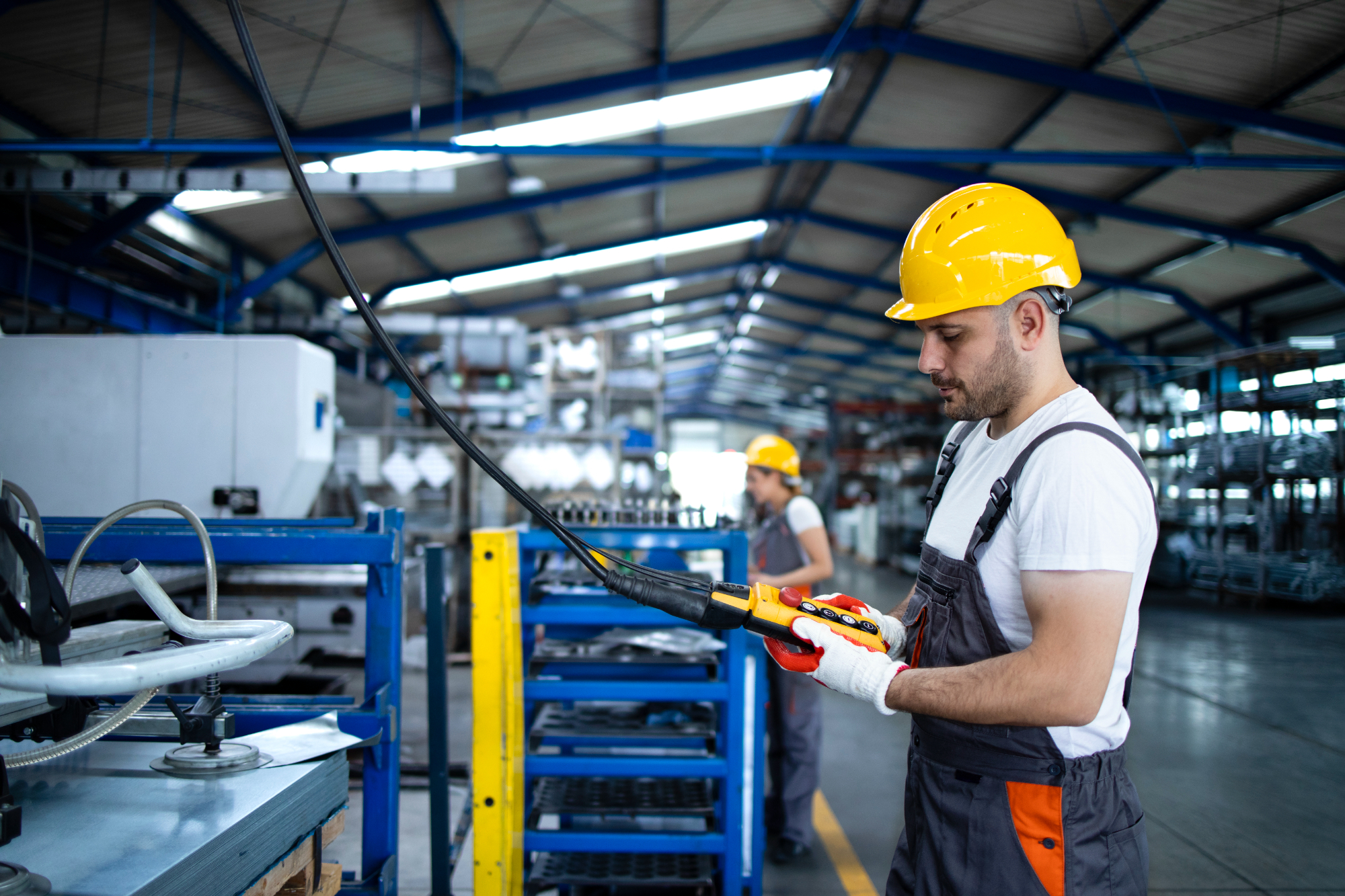How does a bottle capping machine work? We look at what a cap closing machine is and the types of bottle capping machines available.
What is a Cap Closing Machine
Machines that close caps are crucial elements of bottling automation. The primary purpose of a capping machine is to precisely and securely attach a metal or plastic thread lid, snap, or cap to a container or bottle. Plugs and other similar closures are processed by cap-closing machines as well.
These systems provide hygienic working conditions, rapid production rates, and reasonable manufacturing prices. Beginning with a box of closures, the system. Closures are transported into the cap hopper by a feeding system.
The cap elevator then assumes control and starts feeding closures into the sorting bowl. The cap distribution mechanism is made quicker and more effective by using a sorting bowl. Before being delivered to the capping machine when linked to a container, closures in a sorting bowl are orientated. A cap sorter or hopper can be used in some situations to replace the requirement for a sorting bowl.
COMMON TYPES OF CAPPERS:

Rotary Chuck
People apply caps to bottles before running the portion through the machine to seal it to the bottle.
The device has moving components that rotate the bottle and cap to close them tightly; since the line is continuously moving with these systems, they are referred to as continuous motion assembly machines.
Single Head
While rotary chuck cappers and these cappers are similar, they shouldn't be used interchangeably. Containers are stopped at stations and capped by a single-head capper.
These systems can be made using a star wheel, which removes the cap and bottle from the line for security before reintroducing them to the line. Inline designs for these systems are also possible.
How a Capping Machine Works
Cap-tightening machines employ two approaches to secure a cap to a container; the cap is precisely supplied by a cap chute in the pick-off mechanism, and the bottle picks it up as it passes beneath the chute.
The mechanism is frequently used with a variety of caps, including skirted and aluminium caps. Both rotary cappers and inline capping equipment frequently use it - the second method is referred to as pick and put. It has a robotic arm that picks out containers and fastens lids to them. Since it works with practically any sort of cap used in several sectors for a large array of products, this approach is more flexible than others.
The bottle capper head closes the container once the caps have been applied, and the method used depends on the type of seal used and the nature of the items in the issue. The machine presses downward as the rollers shape the seal to suit the bottleneck when utilising skirted aluminium caps. The machine uses torque and downward pressure to generate a tight hermetic seal when employing a threaded cap, however.
Types of Capping Machines:
Vertical Pluggers
Vertical wheel pluggers are designed for quick operation and great productivity. Since the capper operates in synchronisation with the pace of the bottles in the manufacturing line, the devices are perfect for packing lines with high output quantities.
The containers are automatically sealed as they move through the process. The line pushes bottles into the spinning wheel for capping while the components are all linked to it. No of the kind or size of caps, the synchronisation ensures uniformity, speed, and accuracy.
The machines are mostly utilised in production lines to plug and stopper-seal containers. They are, therefore, inappropriate for procedures that call for angled capping.

Spindle Cappers
Spindle cappers can be fully or partially automated. Rubber discs are spun and used in the technique to seal bottles. The distribution of caps is smooth in the fully automated variants, but the operator must attach the caps to the containers in a semi-automatic type.
To achieve uniform sealing, the containers go through several discs that impart tension to the tops. The seamless cap supply is made possible by the combination of a vibrating bowl and a vibrator in the cap delivery system.
Snap Cappers
Snap cappers snap or push the seal on the container to seal it. They provide an effective and simple capping operation and are frequently perfect for various containers. Glass, metal, and plastic bottles may all be sealed with plastic or metal caps using the sealing machinery. Additionally, the cappers include an automated supply chute to ensure that the procedure is dependable and uniform in any production facility.

Chuck Cappers
A chuck capper seals containers by using attachments to assist the machine to grasp the caps and tighten them. As it approaches the bottle, the capper arm employs torque to close the bottle. Both small and big manufacturing lines may use the devices.
Additionally, you may select the amount of automation based on the size of your facility and your production requirements.
Each container must be handled manually when using a manual or portable capping machine.
In semi-automatic designs, the operator just has to attach the bottle caps before the cap tightener machine takes over. On the other hand, a system that automatically caps bottles requires little assistance from a person.
Are you looking for experts who can service capping machines? Then call the experts at today. That’s not all, we undertake machine servicing for bottle capping machines. Get in touch with us if you have any queries.

